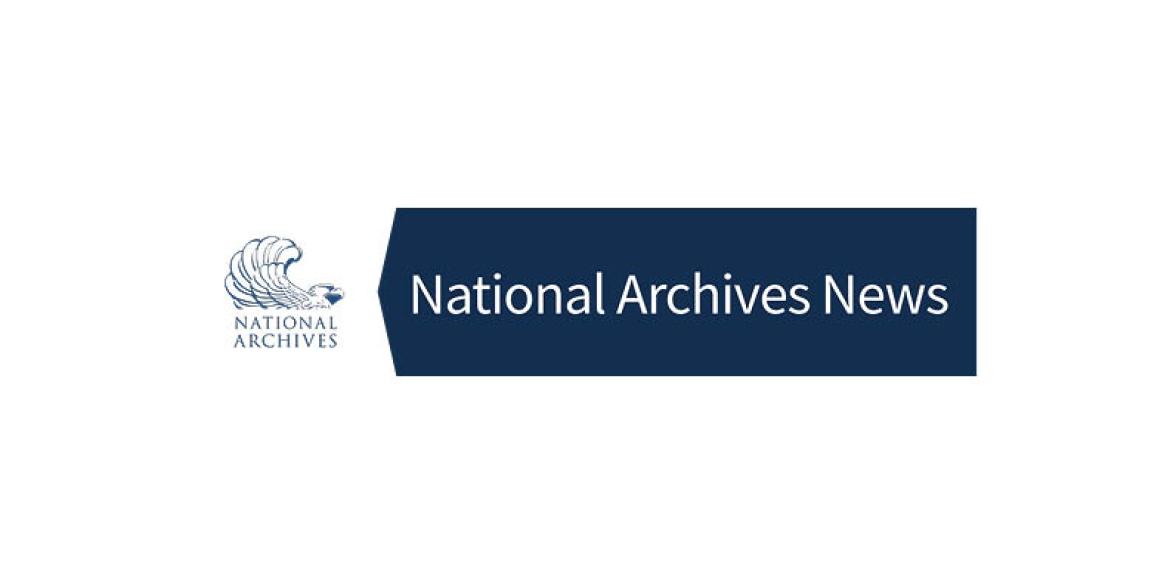
National Archives Promotes Teaching the History of D-Day Using Primary Sources
WASHINGTON, DC
Code-named Operation Overlord, and often referred to as D-Day, the Normandy landings occurred on June 6, 1944, and were the largest amphibious invasion in history. The World War II operation began the Allied forces’ liberation of Western Europe and led to eventual victory in the war effort.
In anticipation of the upcoming 80th anniversary of D-Day, the National Archives in Washington, DC, hosted an evening educator workshop on April 25 to provide learning strategies and resources for teaching the history of D-Day. The program featured presentations from Friends of the National World War II Memorial 's Resident Historian Alex Kershaw and National Archives Education Specialist Caitlin Cutrona. A moderated discussion followed and included National Archives Education Specialist Dr. Breanne Robertson and Maryland-based social studies teacher Emily McDermott.
The workshop began with conversation about some of the most famous photographs related to D-Day. These included iconic imagery of then-Supreme Allied Commander of the Allied Expeditionary Force General Dwight D. Eisenhower speaking with his troops and U.S. soldiers wading through surf and German gunfire to secure a beachhead on Normandy during the Allied Invasion. These images and many others related to D-Day are available online and free of charge on the National Archives Catalog.
“Archival records are really great primary sources to help students dig deeper into, and make personal connections into, historical moments such as D-Day,” Cutrona said. “And, of course, the National Archives holds thousands of records created or received by the U.S. Government related to World War II.”
Cutrona went on to speak about DOCSTeach, the National Archives’ online tool for teaching with documents. She utilized the resource to show how teachers could highlight lesser-known D-Day stories, such as those of the 320th Barrage Balloon Battalion, the only unit made up entirely of African-American soldiers to storm the beaches of Normandy on D-Day, and women cryptographers.
“DOCSTeach provides access to thousands of online documents and related student activities,” she said. “When you register for a free account, you can save primary sources, browse activities created by other educators, and even create your own teaching activities using National Archives records.”
McDermott relayed the positive experiences that she has had when using National Archives resources to teach her students in the past.
“When I taught this in AP History last year, I had four days to cover all of World War II. [With this tool] I can have a lot of different perspectives. I can pull images of women. I can pull images of code-talkers. I can pull images of the 320th Battalion. And then we can hit a lot of different perspectives in a short period of time,” she said. “I like images because they’re accessible. I like that we have a variety of them that are open to the public domain. I use a lot of National Archives records. You can hit your objective pretty quickly, while also incorporating those primary source analysis tools.”
The workshop was followed by a question-and-answer session.
View the workshop on the National Archives YouTube Channel.
Visit the National Archives Educator Resources page to find primary sources, tools for teaching with documents, and student and educator programs.
View the National Archives Calendar of Events for information on future events.
Upcoming educational events that may be viewed online include Perspectives on History: AAPI Voices in the American Story on May 1, in celebration of Asian American Pacific Islander Heritage Month; The National Archives Comes Alive! Young Learners Program: Meet Lewis and Clark on May 16, where viewers can learn how Lewis and Clark prepared for the expedition and what they learned about the land, rivers, and people they encountered along the journey; The Legacy of Brown v. Board of Education, 70 Years Later, also on May 16, marking the 70th anniversary of the civil rights landmark decision of Brown v. Board of Education, with an evening of conversation with former law clerks of Supreme Court Justice Thurgood Marshall; and Remembering the “Great Crusade”: 80th Anniversary D-Day Discussion on May 22, a discussion in collaboration with the Army University Press and the Imperial War Museum.
This event was co-presented by the National Archives and Friends of the National World War II Memorial.
